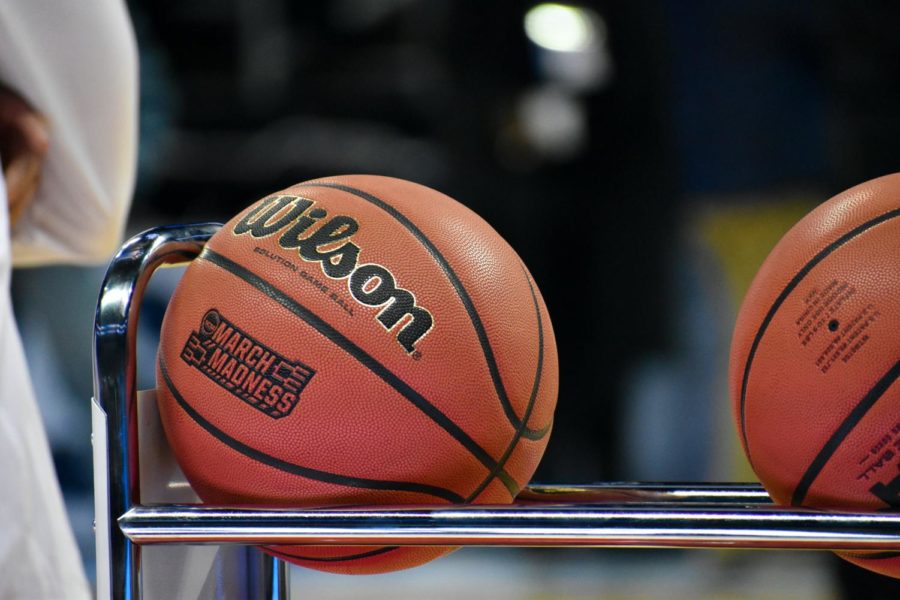The Climate Column: Our Plastic Problem
September 30, 2022
Welcome to the Climate Column! This year, I will be writing an article each month about the climate crisis and how we can make a difference. Check for these articles in each issue of the Freethinker. This issue’s topic is plastic.
Our Plastic Problem
We live in a world built of plastic. We are clothed in plastic, we buy food encased in plastic, we live in houses made of plastic, and with every meal, we ingest plastic too. This material is such an essential part of our daily life that we often disregard how destructive it is. Even more importantly, we forget how our dependency on plastic hurts us.
The first fully synthetic plastic was invented in 1907 by Leo Baekeland, and it became highly popular during World War II. Since then, the use of plastic by corporations has skyrocketed and for a logical reason. The word plastic or plasticity means easily shaped or molded. The material, plastic, fits this description perfectly and its ability to be used in so many ways has only aided its rise to popularity.
But once we throw away our chip bag, we rarely think of where it will go past the trash can. We expect that it goes to a landfill, or hopefully a recycling plant, but instead, there is another common landing place for that bag: our waterways and oceans. According to the Ocean Conservancy, 11 million metric tons of plastic enter the ocean every year on top of the 20 million metric tons that already reside there. Due to ocean currents, the plastic accumulates in bunches called “garbage patches.” There are five garbage patches, the biggest of which is called the Great Pacific Garbage patch, and it’s twice the size of Texas. The concentration of plastic in these areas devastates the ocean ecosystems and kills marine life.
The use of plastic also has impacts on our health. Each year, one million tons of tiny plastic fibers are released into the watershed. They are called microplastics. On average, a human consumes between 40,000 and 50,000 microplastics a year. Furthermore, plastics are produced using extremely harmful chemicals that can contaminate the food we eat. When these plastics sit for long periods of time in landfills, they release these chemicals into the soil, and they leak into the watershed too.
This information raises the question, how did such a toxic, harmful material become so popular and what can we do fix it?
Take Action:
1. We need to avoid single-use plastics. The most common plastics found in the ocean are food wrappers, beverage bottles, grocery bags, straws, and take-out containers. These are all forms of plastic that we use regularly, and all forms of plastic that we could easily cut out of our daily routine. We can bring our own water bottles, bring our own bags to the grocery store, and bring our own straws. These simple actions go a long way.
2. Reduce the number of packaged foods we buy. Although most of the responsibility lies with big corporations, we are still the consumers. Every time we buy plastic, we are supporting the industry. By buying more fresh foods and avoiding heavily packaged items, we reduce the demand for plastic.
3. Add your name to petitions against ocean plastics. Make sure the organizations are reputable first! Here are some great places to start:
The Ocean Conservancy:
The Nature Conservancy:
https://preserve.nature.org/page/80352/action/1
The World Wildlife Fund:
https://support.worldwildlife.org/site/SPageServer?pagename=can_home&s_subsrc=topnav
The Environmental Defense Fund:
https://www.edf.org/action
Earth Justice:
https://earthjustice.org/action/alerts
Plastic is an extremely harmful material to both us and the climate. It is essential to the health of the earth that we stop using it. Let’s take these steps together towards a more sustainable future.







